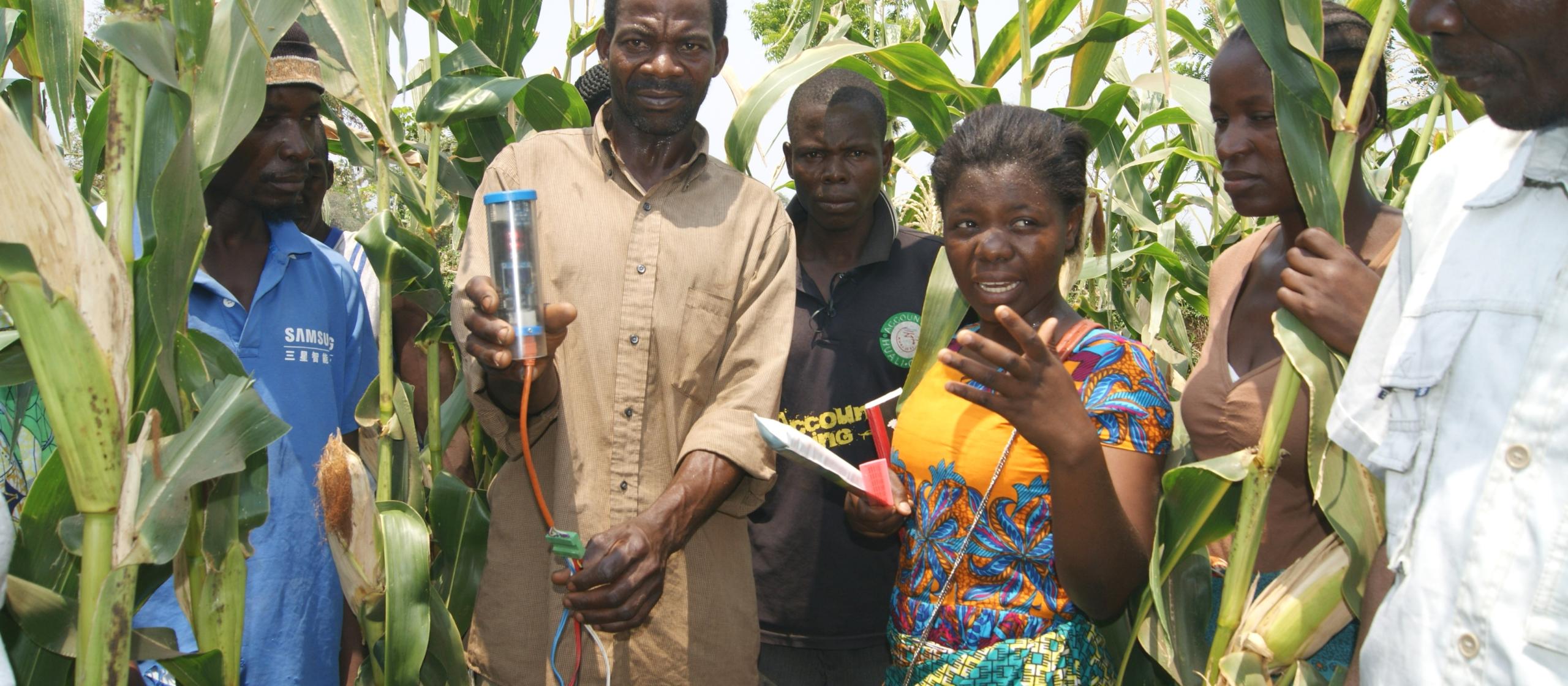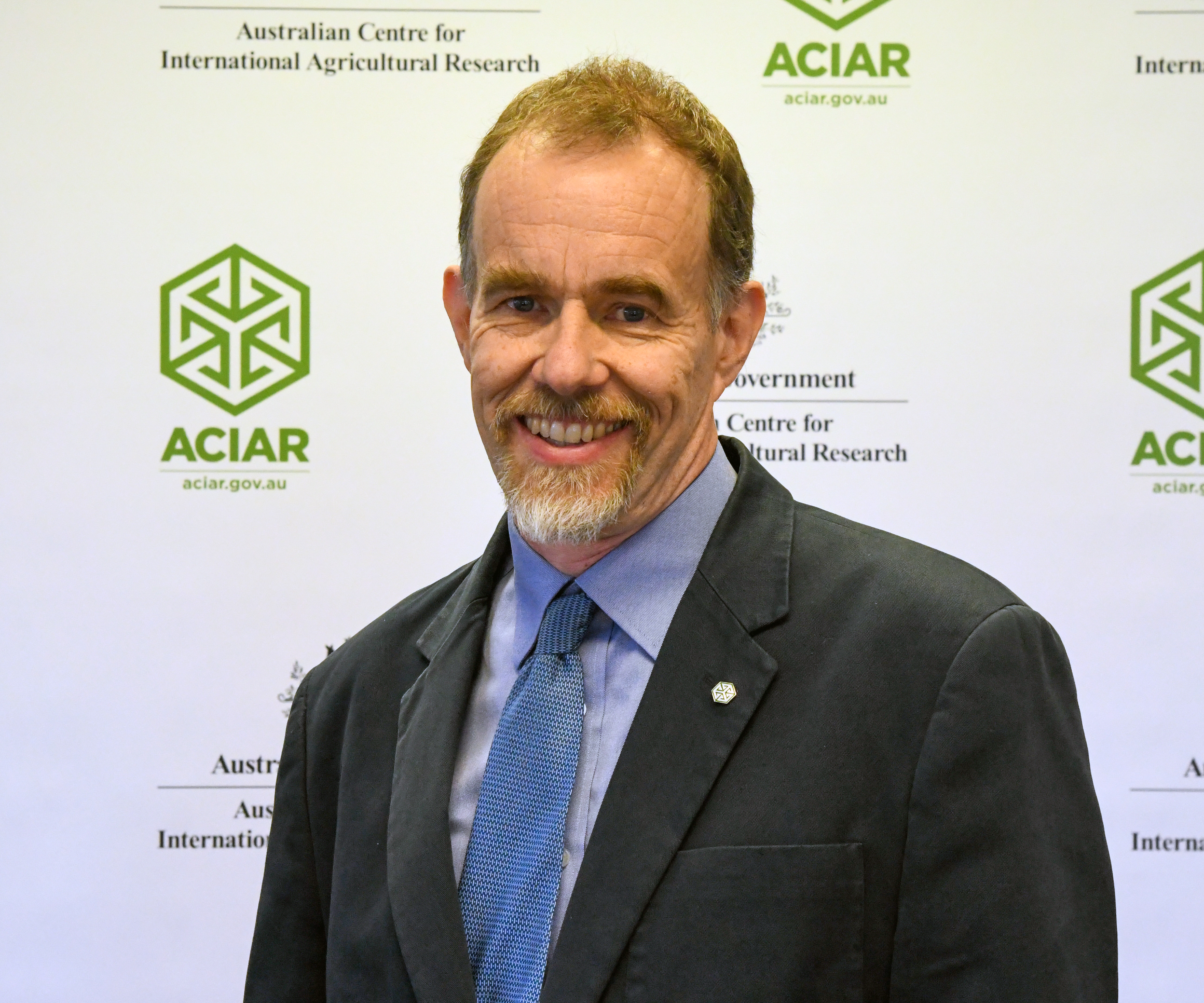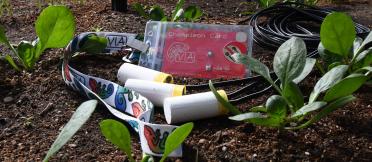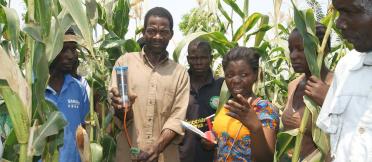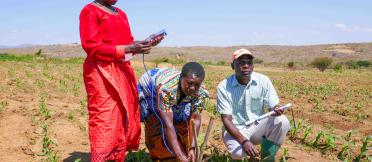- HomeHome
-
About ACIAR
- Our work
- Our people
-
Corporate information
- ACIAR Audit Committee
- Commission for International Agricultural Research
- Policy Advisory Council
- Agency reviews
- Executive remuneration disclosure
- Freedom of information (FOI)
- Gifts and benefits register
- Information publication scheme
- List of new agency files
- Contracts
- Legal services expenditure
- Privacy impact assessment register
- Commonwealth Child Safe Framework
- Benefits to Australia
- Careers
- 40 years of ACIAR
-
What we do
- Programs
- Cross-cutting areas
- Resources
- Where we work
-
Funding
- Research projects
- Fellowships
-
Scholarships
- John Allwright FellowshipScholarships to study in Australia for ACIAR partner country scientists to have Australian postgraduate qualifications
- ACIAR Pacific Agriculture Scholarships and Support and Climate Resilience Program
- Alumni Research Support Facility
- Publications
- News and Outreach
Date released
16 December 2020
Dr Daniel Walker, Chief Scientist, ACIAR
Try entering innovation into Google. Beyond it being about something new, see if you can make sense of the results you get.
We use the word innovation to describe a product (‘here’s the latest innovation from…’), a process (‘that’s when the innovation happened’), a role (‘innovation broker’) and even an experience (‘feel the innovation!’).
While some words are very stable in their meaning, others, like innovation, change and accumulate meanings as people attach new ideas and roles to them. In 16th-century Europe, innovation was all about dangerous religious or social change and could get you into a lot of trouble. That’s very different to the current use of the word innovation: dynamic, positive and a force for good. For some, innovation has become a cultural aspiration with its own language (‘ideation’, ‘disruptor’, ‘pain points’), symbols (t-shirts and funky offices) and superstars. That’s the nature of language.
We use words like innovation, resilience, sustainability and transformation a lot in our research. They feel intuitive but their meanings turn out to be slippery. And that can get in the way of both good science and clear communication.
What does innovation mean to ACIAR?
I can’t remember who said ‘Research turns money into ideas. Innovation turns ideas into money’ but if you substitute ‘impact’ for ‘money’ in the second sentence, then it seems to me that you have a nice definition of ‘research for development’.
Converting money into ideas into impact is core to the mandate of ACIAR. Just turning money into ideas is not enough for us. Innovation is a critical step.
My wordier definition for innovation is this: the process of creating value by applying knowledge or technology to a challenge in a novel way. This is a step in a chain. Discovery science creates new knowledge or insight. Invention creates new technologies based on that knowledge. Innovation can then generate value from that new knowledge or technology. And finally, in a development context, scaling of that innovation can deliver development impact.
Innovation doesn’t just happen by accident. The vitality of an innovation system determines how effectively the whole process works. Many private- and public-sector organisations—including ACIAR—think carefully about how to invest in individual, organisational and system capacity to improve innovation outcomes.
Innovation and ACIAR projects
ACIAR research projects have a clear responsibility for the research steps of discovery and invention, albeit always building on prior knowledge and technologies. Most projects also have an important role to play in capacity building. But do ACIAR projects ‘do’ the innovation or do they ‘enable’ innovation by others? The answer is both.
Dr Richard Stirzaker at CSIRO applies soil physics to helps us understand whether soil moisture is available to plants. He has applied that science to inventing the Chameleon sensor that measures whether soil moisture is inadequate, adequate or excessive for crop growth. But it’s the way that smallholder irrigators use this invention that allows farmers to reduce water use, increase crop yields, reduce risk and free up time. And it’s the way the people who manage and develop irrigation schemes use the data created that allows us to get more out of precious water and finances.
Rather than just rely on the invention of the Chameleon, Dr Stirzaker has created the Virtual Irrigation Academy (www.via.farm). The academy supports a global community of people discovering how to use the Chameleon and related technology to manage water to grow more food.
Planning for innovation
The ACIAR project proposal template asks teams to summarise intended project outcomes—the changes to knowledge systems or practices that the project intends to contribute to during the project. Specifically, we ask proponents to tell us: If the project is successful, who is going to be able to do what differently?
We then ask them to expand on this under three headings:
- Scientific achievements: What will we know or be able to do that we don’t know or can’t do now? What future research and innovation will this enable?
- Capacity built: Who will be able to do what differently?
- Next users and innovation enabled: Who (excluding the project team) do you expect will do what differently and what value will this create?
You might think this implies that ACIAR project teams do the science and hope that others create the value from that science. In fact, a lot of ACIAR project work applies existing knowledge and technologies to new contexts to tackle defined issues—in other words, innovation.
It is also true that sustained value is only ever likely where others create opportunity and value from what comes out of that project work—again, in other words, innovation. So, innovation is core to the ACIAR partnership model and partnership is core to the ACIAR innovation model.
So there you have it. My definition for innovation is ‘the process of creating value by applying knowledge or technology to a meaningful challenge in a novel way’. In ACIAR this means working with the people who can create value from our research.
The uptake and use of the Chameleon Water Sensor—which is helping these smallholder maize farmers in Malawi and members of the Virtual Irrigation Academy to improve water management—is a sign of innovation.
Dr Daniel Walker, Chief Scientist, ACIAR.
Key points
- ACIAR targets innovation through it projects by applying existing knowledge and technologies to new contexts to tackle defined issues.
- Innovation is core to the ACIAR partnership model and partnership is core to the ACIAR innovation model.
Banner photo: Richard Stirzaker, CSIRO.
